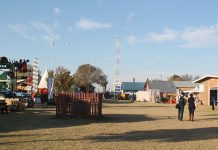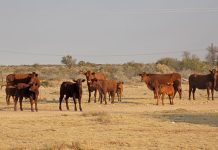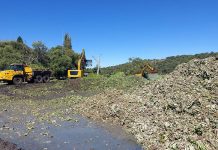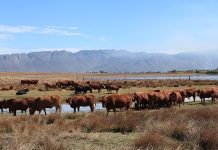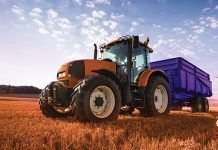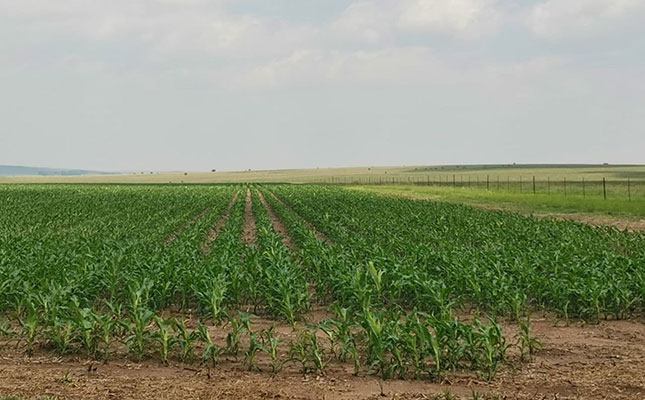
Photo: Annelie Coleman
Grain planting in the summer grain production region of South Africa is well underway, with planting in Mpumalanga and KwaZulu-Natal nearing completion, according to Grain SA’s latest production survey.
The survey indicated, however, that in some areas in Mpumalanga and KwaZulu-Natal the planting process had been delayed due to wet conditions.
Conditions in the eastern Free State were generally also very wet, slowing down the planting process, with the soil in areas around Vrede, Warden and Frankfort especially saturated.
According to Grain SA economist, Petru Fourie, planting had systematically started in the western parts of the summer grain region. The optimal planting window for North West and the central parts of the western Free State stretched from mid-November to mid-December.
Some 5% of the hectares earmarked for maize and 20% of the soya bean hectares had been planted by the week of 16 November.
Planting had recently also commenced in the western Free State, but in districts such as Bothaville and Wesselsbron, wet conditions were preventing planting.
In Mpumalanga, 90% of the maize hectares and 70% of the soya bean hectares had been planted. Although planting in KwaZulu-Natal started on 25 October, only 50% of the maize and 40% of the soya bean had been planted to date due to very wet conditions.
According to Johan van den Berg, agricultural meteorologist, earlier planting was especially beneficial in the areas where soil moisture levels were already high.
Indications were that high rainfall could be expected in January and February 2021, and as such more mature maize plants would be able to better manage in the expected very wet conditions.
“Physiologically immature maize fields were in danger of developing diseases such as Diplodia ear rot later in the production season should wet conditions coupled with high temperatures prevail,” he added.
Cobus Olivier, SA Weather Service’s scientist for prediction research, meanwhile said the El Niño-Southern Oscillation (ENSO) was currently in a La Niña state and indications were that it will most likely remain and strengthen towards a strong La Niña state during mid-and late-summer. This meant a high probability of above-normal rainfall in the summer rainfall areas during the summer season.

